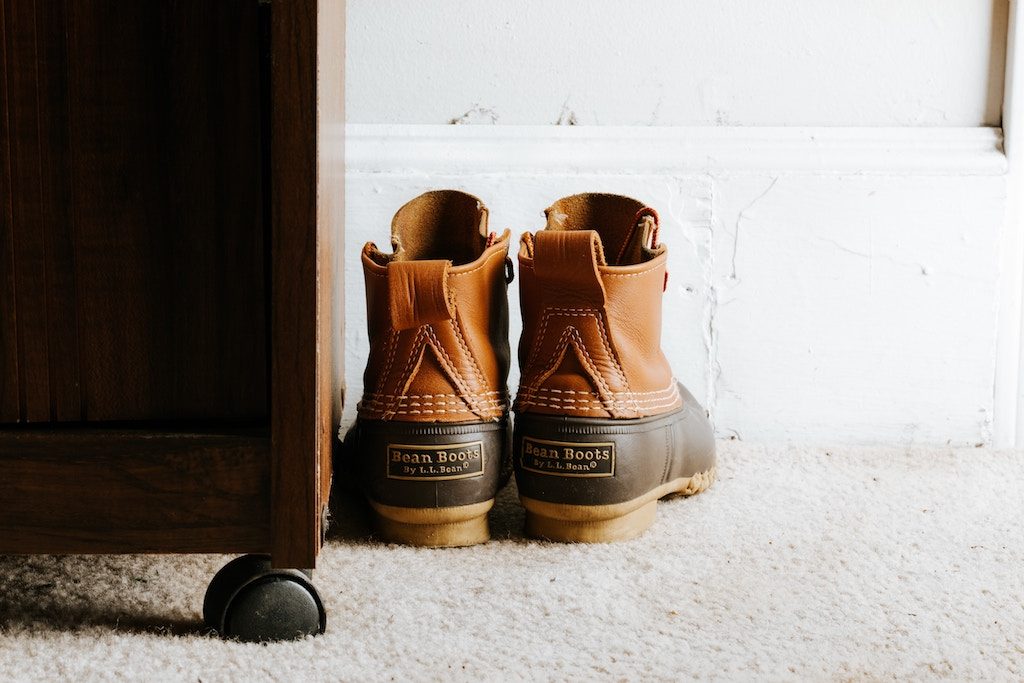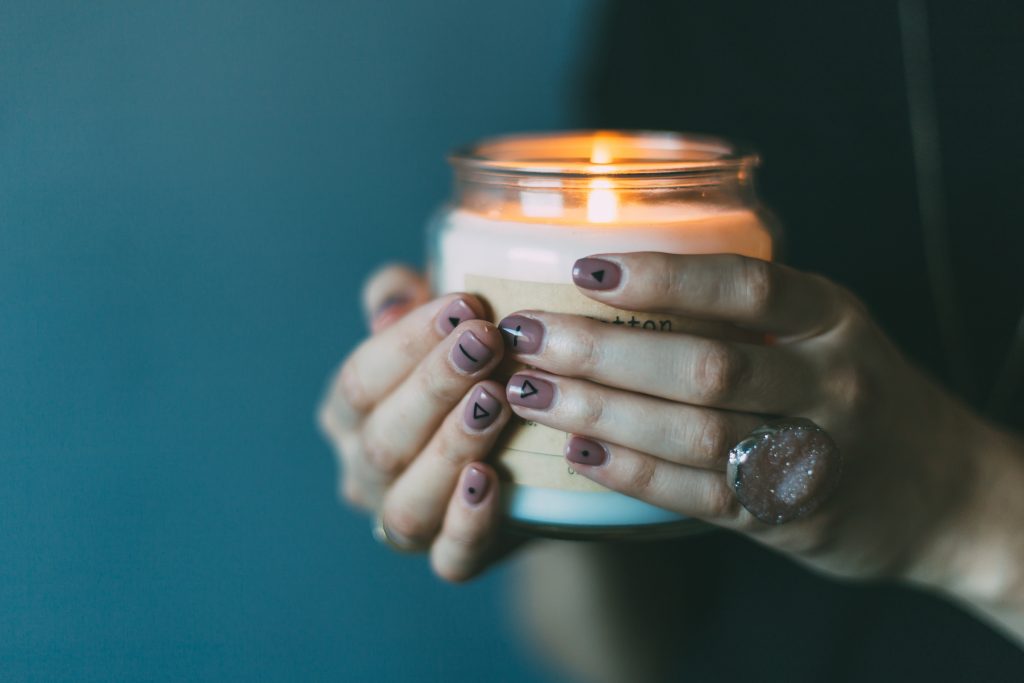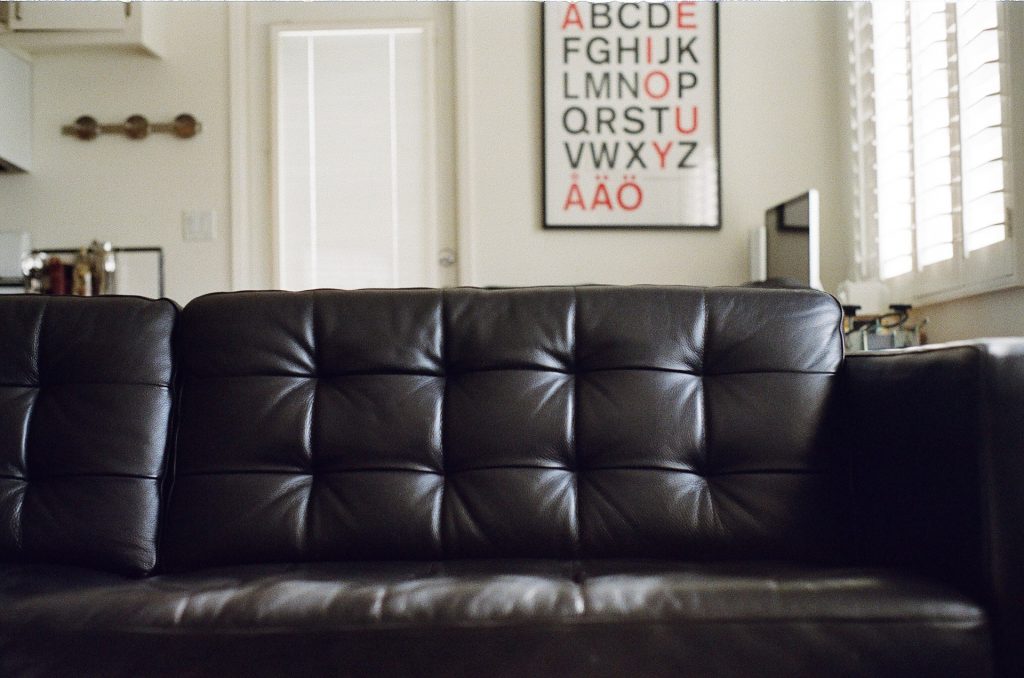
If your family love to get out and about over the Christmas period and take a walk in the lovely, but sometimes muddy, Yorkshire wilderness then a solid cleaning routine for your footwear is a must.
Wellies and rubber boots
Kids love mud and mud loves wellies! You might come back from a seemingly mud-free walk and your kids’ wellies could be caked in the stuff. But thankfully it comes off almost as easily as it goes on, especially if you tackle it as soon as you can before it dries on.
The best and easiest way is to blast the wellies with a hosepipe to rinse the mud away. If needed, an old broomhead or soft-bristled brush will help you to get mud that’s stuck onto the soles. Once all the mud has been removed, give the wellies a wipe down with a damp cloth and then leave them to dry.
Top tip: If you find scuff marks on wellies, rub them with a pencil eraser or apply a small amount of toothpaste to the area and scuffs should disappear.
Hiking boots
If your hiking boots are waterproof then give them a rinse with water to remove as much mud as you can, but be careful not to soak the inside of the boots. You might need to use the bristles of a brush to get out any stones, twigs or dirt that’s stuck in the grooves of the sole.
To clean extra-muddy laces first remove them from your boots and try to brush off any serious mud with an old toothbrush. You can either soak the laces in a sink or add them to a machine wash if they need it. If doing the latter, make sure that you pop the laces into a secure delicates bag/net for washing tablets so that they don’t escape inside the machine and cause damage.
Drying out the insides of footwear
If you’ve been trekking around in the snow or in wet weather then you might have found that you need to dry out the insides of your boots. Using high temperatures such as putting them on a radiator or using a hairdryer can damage the materials of your footwear. Balling up newspaper and stuffing it inside your boots provides a gentle way to dry them out. Regularly change the newspaper until the inside of your boots feel dry.
Is it a tradition for your family to go out over Christmas and take a winter walk? You can find some great inspiration on Christmas Walks from Welcome to Yorkshire.





